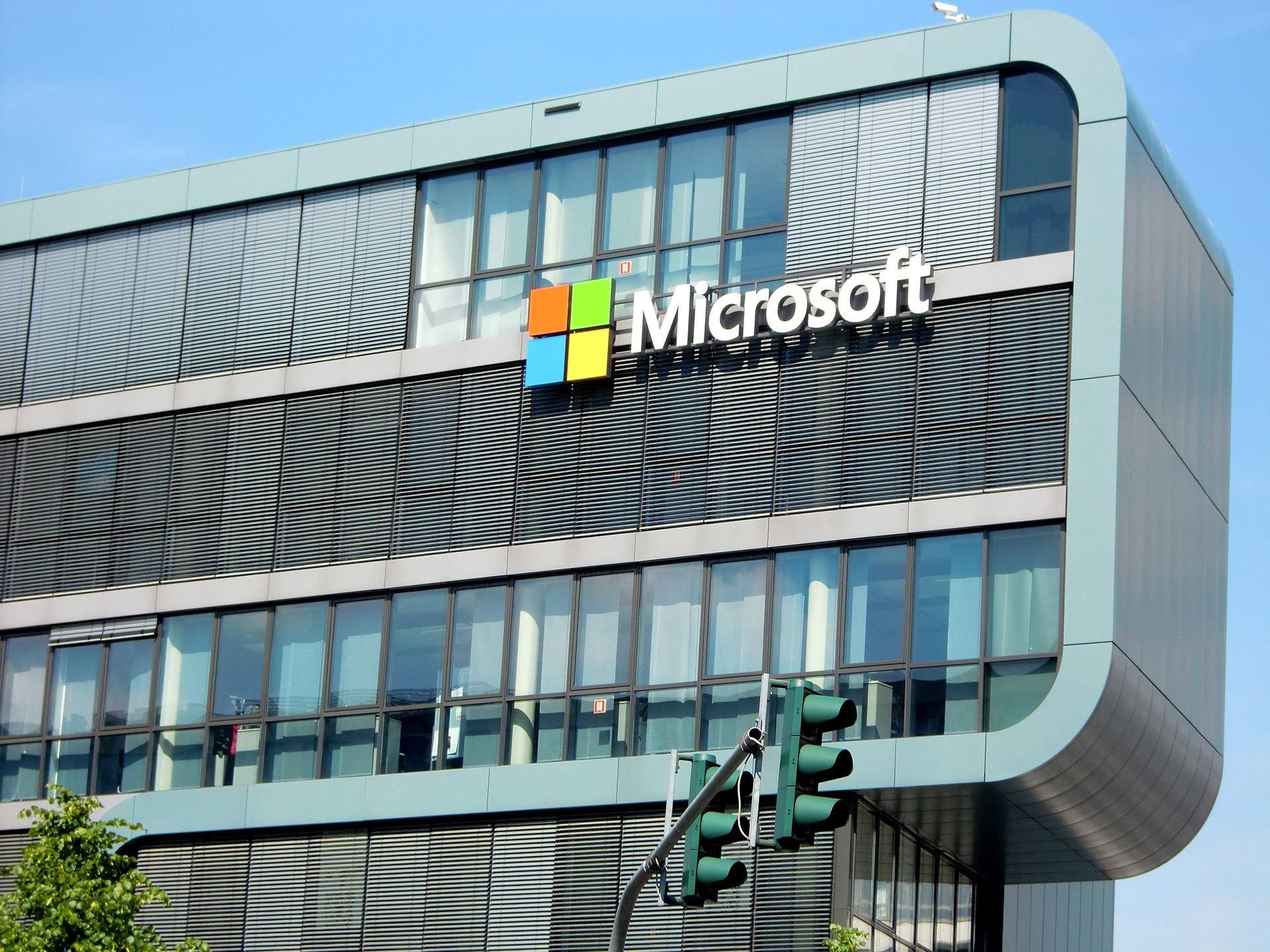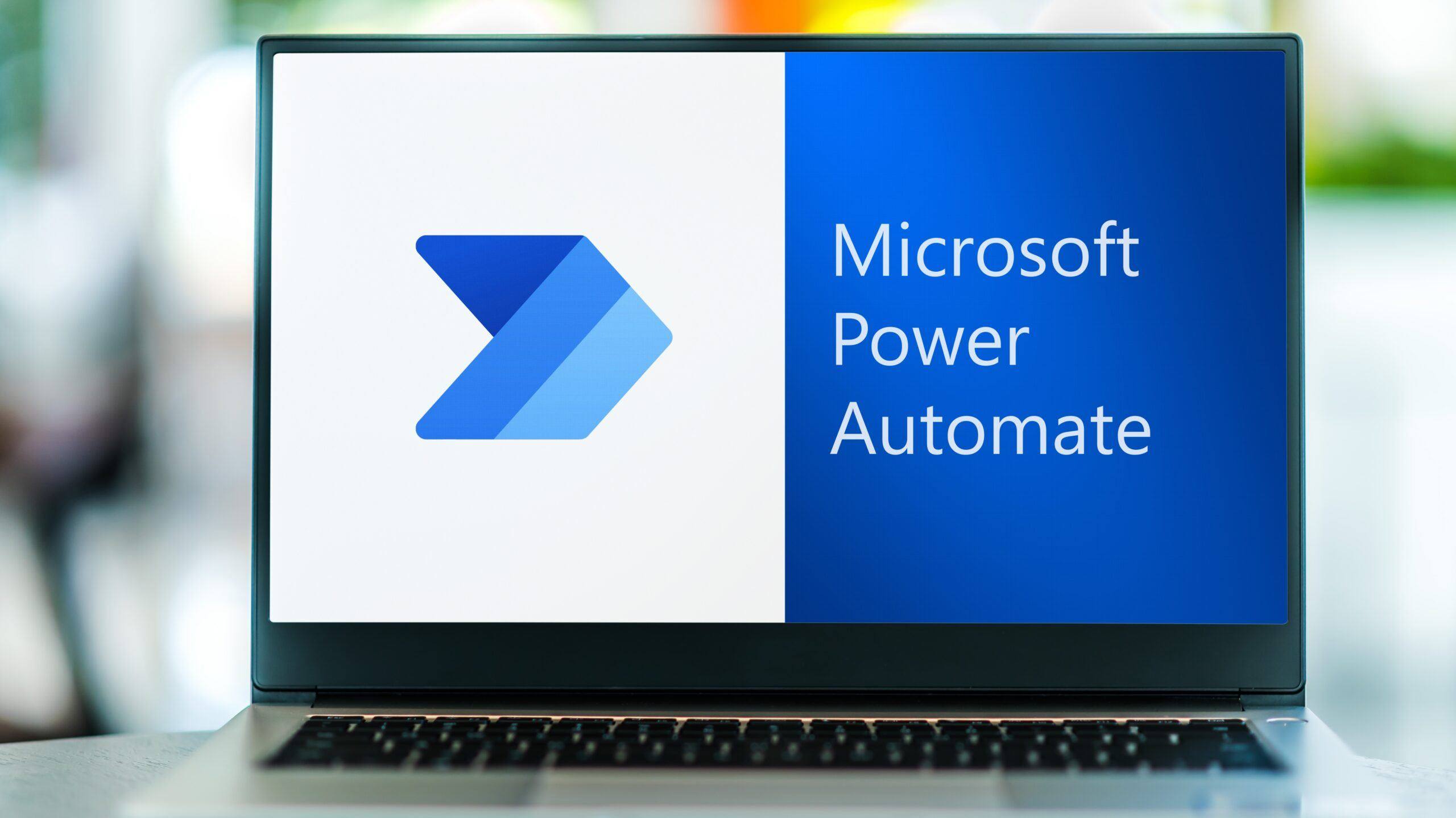Benefits of the Microsoft Modern Workplace

As every IT professional knows, many of today’s employees want to work from any location, on any device and to their own schedule. But they still need to connect easily with their teammates and managers. They don’t want to have to worry about data breaches either.
To fulfil the requirements of a modern workplace, businesses need software and hardware that facilitates communication, collaboration, productivity, security, and employee satisfaction.
As businesses adapt to the ‘new normal’ of the post-pandemic world, Microsoft Modern Workplace, better known as the new-generation Office 365, is a core component of the modern workplace strategy.
Designed to improve user satisfaction, promote remote collaboration and increase productivity, Microsoft Modern Workplace provides the next frontier in secure office software.
Microsoft’s key selling point is the raft of security technologies that provide end-to-end management and an additional layer of security. Essentially, the new-look Office 365 has a string of services that foster what tech-savvy employees expect in a modern office.
Businesses that standstill quickly becomes outdated these days. Technology is improving how we work, leveraging the standards of performance and shaping the attitudes of employees.
If you don’t already know what the modern workplace should look like, speak with a business IT support consultant that can talk you through the latest services available with Microsoft Modern Workplace.
What is a Microsoft Modern Workplace?
Microsoft Modern Workplace is the latest suite of Office 365 cloud solutions. Only this time, Microsoft has gone one step further to ensure that end-users can work from remote locations without posing a security risk to the sensitive data of your business.
The lead idea behind Microsoft Modern Workplace is to maintain the flexibility that modern employees crave, but with layers of security that are currently lacking in most remote working setups.
Remote workers want to be able to access files on multiple devices – and sometimes that will mean their personal handsets. The latest generation of Office 365 tools enables you to securely manage business-owned devices together with employee devices that fall into BYOD (Bring Your Own Device) and CYOD (Choose Your Own Device) style strategies.
With the rise in cybersecurity attacks on employees working from home – especially during the global pandemic – there is a renewed focus for businesses to provide cybersecurity support for virtual teams.
Microsoft 365 puts you one step ahead of hackers. In addition to encryptions for mainstays such as SharePoint, Teams, OneDrive, Exchange, the latest Office 365 has made some improvements with the likes of Azure Active Directory, Microsoft Power Automate and a host of security technologies.
How much your Microsoft Workplace does depends on the Microsoft plan you opt for. There are two flavours: Business and Enterprise.
It is important that Office 365 is configured correctly. Needless to say, MicroPro will provide IT support and assist with planning, adoption, deploying, supporting and leveraging the software with your business environment.
Why Microsoft Office 365 is creating a Modern Workplace?
In a distributed workforce, business IT support solutions need to provide an infrastructure which enables your employees to work from anywhere but still connect and collaborate seamlessly with their colleagues.
Whilst cloud technologies facilitate how modern employees want to work, remote working strategies pose problems for business IT support providers because a distributed workforce presents a greater security risk.
Cybercriminals attempt to exploit business networks through a variety of gateways. Cloud software always develops vulnerabilities within an IT infrastructure and multi-tenant platforms and applications can be used by an attacker to gain access to your assets and data.
Microsoft aims to provide a solution with the Enterprise Mobility + Security licence that opens your business up to expand your remote workforce policy whilst providing more protection from worms, trojans and various other types of malware.
By modernising your workplace with Office 365, you have the tools to reach beyond the standard remote working policies whilst improving communication, collaboration, and productivity.
OneDrive and SharePoint connect remote employees from a central storage centre and accelerates research, discovery, and updates to collaborative projects.
Premium features such as Microsoft Intune facilitate the focus of a modern workplace by aggregating other services within the Microsoft Office 365 sphere whilst Azure Active Directory gives users more control and admin fewer disruptions.
What does the Microsoft Modern Workplace include:
- Microsoft Office 365
- Microsoft Business Voice
- Enterprise Mobility + Security
- Azure Active Directory
- Microsoft Teams
- One Drive
- Exchange
- Collaboration
- Microsoft Power Automate
- Power BI
- SharePoint
- Windows 10 Virtual Desktop
You may already be familiar with some of the core features on offer with Microsoft Office 365. Let’s take a look at some of the newer (or updated) features that play an integral the to Microsoft Modern Workplace.
What Is Microsoft Power Automate?
According to McKinsey Global Institute, at least one-third of the activities performed in most companies could be automated. Microsoft’s response was to deliver Power Automate (PA) which aims to relieve end-users from having to perform tedious, repetitive tasks.
Formerly known as Flow, Power Automate uses a scripting/development language that allows network developers to easily customise automated tasks. PA integrates with other common Microsoft solutions such as Office 365, SharePoint, Excel and Teams and can take over some of the administrative tasks to give your staff more time to focus on more important matters.
And that’s not all. Microsoft’s automated processes in the modern workplace are wide-reaching; there are over 200 connected sources you can seamlessly link to including Google Analytics, Mailchimp and social media accounts.
We’re obviously not going to skip through the 200+ actions you can perform with Microsoft PA, but to give you an idea of the software’s capabilities, employees can:
- Share automated approval workflows to quickly respond to and process requests
- Ensure people enter data consistently
- Allow smoother interaction between employees and your CRM system
- Flag follow-ups through scheduled tasks
- Extract relevant data from various applications (I.e Google Analytics)
What is Microsoft Azure Active Directory?
One of the most pressing concerns for business IT support professionals is how to safely and securely allow a distributed workforce to access your business network from anywhere. Using Azure Active Directory Conditional Access makes enforcing unbreakable security passwords much easier.
Businesses that deploy a remote workforce will no doubt find that some employees are not willing to follow security protocols. No matter how airtight your security policies are, if your IT support staff has no control over the security measures your employees should follow, your hands are tied. And you’re more likely to fall victim to bad actors.
Azure Active Directory is central to the Microsoft Modern Workplace. In fact, it’s a key technology that gives your employees more control over their account access whilst still ensuring that your staff follows your security protocols. Some of the key features include:
Self-Service Password: Users can reset their passwords without the need to apply to admin. The service is completely cloud-based and rewrites are securely rerouted to your on-premises ADD.
Conditional Access Policies: Provides an extra layer of security protection by using cloud-based authentication protocols like OAuth2, SAML, and WS-Security for user authentication.
Assess Threats: Determine whether the user attempting to access an account, application or network is a potential cyber threat.
Single Sign-on: Users can access multiple applications from a single user account and only have to sign in once rather than signing in for every application.
How can Microsoft Intune help manage employee devices?
Bring your own device (BOYD) and Choose your own device (COYD) strategies used to be contentious topics among business IT support professionals, but the advancements in cloud technologies in recent years have alleviated common concerns. And Microsoft has taken employee device management to the next level.
Traditional device management within BOYD and COYD strategies generally slows teams down. Although the BYOD market has seen significant growth, security risks are always possible. Microsoft Intune goes some way to allay these fears by mitigating BYOD security risks.
New features including data encryption, remote data wiping and device tracking go a long way to ensuring sensitive data cannot be accessed without disrupting the workflow of your employees. However, it should be noted that your teams should be cybersecurity aware in order to get the most out of Intune.

Essentially, employees have more flexibility to access business networks across a string of portable devices including Apple and Windows laptops, iOS, Android, Samsung Knox, Windows Phone and Windows OS, but Microsoft Intune solves common BOYD problems.
The software has a built-in VPN gateway that enables employees to securely access their emails and work files without compromising your firm’s security measures. That said, we still recommend providing your staff with cybersecurity awareness training to ensure they are on the lookout for suspicious emails or suspicious activity within various communication apps across multiple devices.
How does Microsoft Modern Workplace promote collaboration?
Microsoft Office 365 has ramped up on collaborative tools that make it easier for co-workers to have a conversation in real-time, and share information, files and notes all in one place.
The objective here is to make Microsoft Teams a central location that can be accessed from anywhere across a wide range of devices. The benefits the software offers in helping teams to collaborate in a Microsoft Modern Workplace are evident.
However, there are some lingering threats for businesses that permit employees to access critical data from a personal device leverages cybersecurity risks.
For example, let’s say an employee loses their handbag with their smartphone in it. Or an employee has a tendency to work from cafes and connects to public WiFi. Whilst it’s difficult to control where your employees work and how well they look after their belongings, you can control who can access their devices and ultimately, your firm’s sensitive data.
However, correctly implementing extended security measures requires a strategic rollout and additional IT support. We recommend ensuring Microsoft Teams is configured by experienced professional IT partners who are able to carry out regular patching and provide multi-factor authentication.
We also recommend performing a clean sweep on every device your install Microsoft Teams on to. Earlier this year, it was discovered that cybercriminals are infiltrating Team chats and dropping in documents infected with malware.
Again, cybersecurity awareness training plays a significant role in ensuring your remote workforce uses their devices sensibly and keeps your business network protected.
What Security does Microsoft Modern Workplace provide?
Microsoft Modern Workplace recognises that the “significant increase in mobile data usage, cloud adoption, digitization, and personal devices bring new opportunities and security risks.”
Security was high on the list of priorities for the latest version of Microsoft Office 365. The latest cybersecurity tools are designed to help businesses create secure environments using a tightly integrated set of security technologies which include:
- Windows Defender Advanced Threat Protection
- Office 365 Advanced Threat Protection
- Office 365 Threat Intelligence
- Azure Security Center
- Azure Advanced Threat Protection
Microsoft’s array of security technologies shares threat signals with each other to leverage threat data. Whilst this can identify a potential breach quicker if hackers find their way past one fence they have access to your entire 365 landscape.
And let’s face it, Microsoft doesn’t have the best track record when it comes to cybersecurity. The company’s security team spent New Year’s 2019 trying to patch a data breach.
Whilst Office 365 does offer a formidable security package, we would still recommend partnering with IT support consultants that also provide additional security measures.
Using advanced tools, we eliminate threats by identifying potential vulnerabilities across your entire network and receive real-time alerts for potential threats.
Our cybersecurity services provide an extra layer of security to Office 365 and cover your in-house IT infrastructure and remote devices. Our IT consultants can also educate your staff on how to recognise and prevent security threats.
Microsoft Modern Workplace IT Partner
Microsoft Modern Workplace removes some of the boundaries that have limited businesses looking to build an agile workforce.
Now the Coronavirus pandemic has forced businesses to implement a work-from-home policy, the latest suite of Office 365 tools makes a lot of sense. It is essentially designed for remote working without losing the collaborative and productivity benefits of your teams working in the office.
Micro Pro offers Office 365 as part of a business solution package. With cybersecurity a growing risk to businesses that deploy remote workers, having experienced IT support providers in London with the tools to reinforce your firewalls gives you far more protection.


